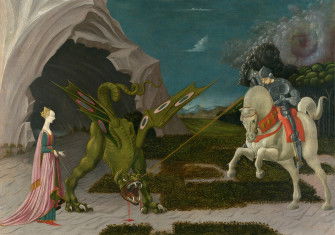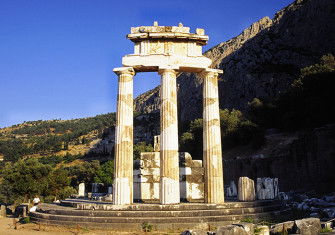Medusa
A tale of female revenge, power and solidarity.

The Greek myth of Perseus decapitating Medusa is probably over 3,000 years old. Although Medusa is first mentioned in Greek literature in Homer’s Iliad and Odyssey, it is the fuller narrative, as told in Hesiod’s Theogony, that is portrayed in this limestone metope – a rectangular space that fits between two triglyphs in a Doric frieze – from a Greek temple at Selinous in Sicily, dated to c.560-540 BC.
Medusa was a beautiful, celibate priestess to the warrior god, Athena, daughter of Zeus. However, after Medusa fell in love with Zeus’ brother, Poseidon, Athena wrought vengeance by turning her into a hideous Gorgon, or monster, with green skin, venomous snakes for hair and an awful grimace, baring boars’ teeth. Medusa was also given the terrifying power to turn to stone any man who looked directly at her.







